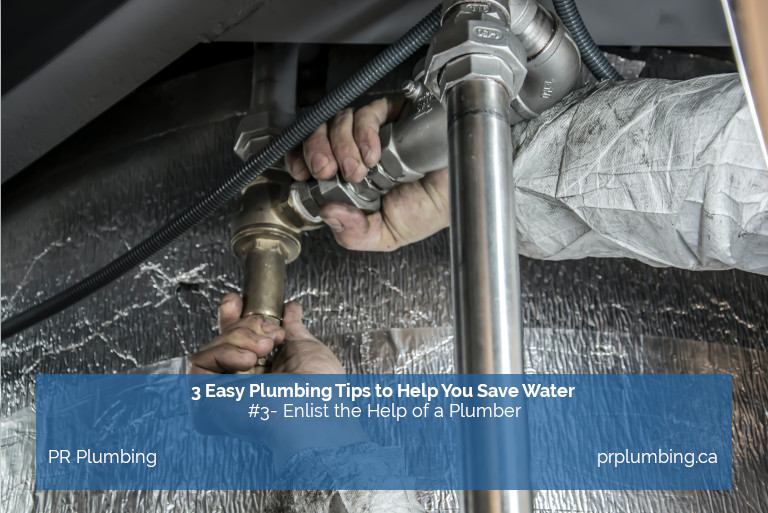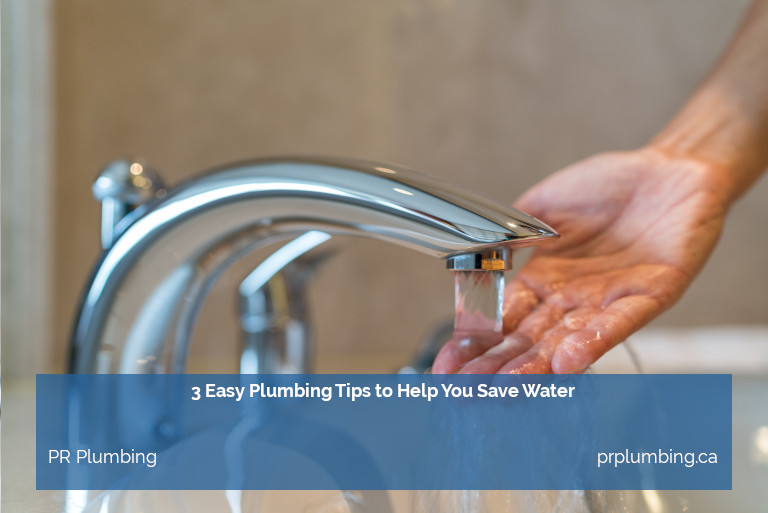1- Get a New Toilet
Only showers and baths consume more water in the home than flushing the toilet. If you want to conserve water, replace your toilet or adapt it. The average low-flow toilet uses 3 times less water than a standard toilet. Consider installing a water retention, displacement or alternative flushing device if you can’t afford to replace your current toilet.

2- Add Low-Flow to the Equation
Faucet heads have a small device where the water comes out called an aerator. There is a reading of gallons per minute (GPM) on the side of it. Replace it with a low flow fixture at 2.5 GPM or less if it’s over 2.75 GPM. An inexpensive low flow aerator can be purchased at any home improvement store by unscrewing the aerator from the faucet head.
In case you or others in your household like to take long showers, this could easily be the leading culprit in water consumption in your home. For example, an 8-minute shower can use up to 17 gallons of water. Showerheads should also have a flow rate of 2.5 GPM or less to be considered low flow. If you can, consider changing yours with one that is 1.5 GPM or less for big savings.

3- Enlist the Help of a Plumber
It’s important to fix leaks as soon as you notice them. Observe for leaks around your toilet, faucets, and any other plumbing fixtures that are frequently used. You will waste water if you ignore a leak, and you will pay more for water if you continue to ignore it.

